Vasco Ascolini
Living Treasure
Photo exhibition
29.04 - 27.05.2023
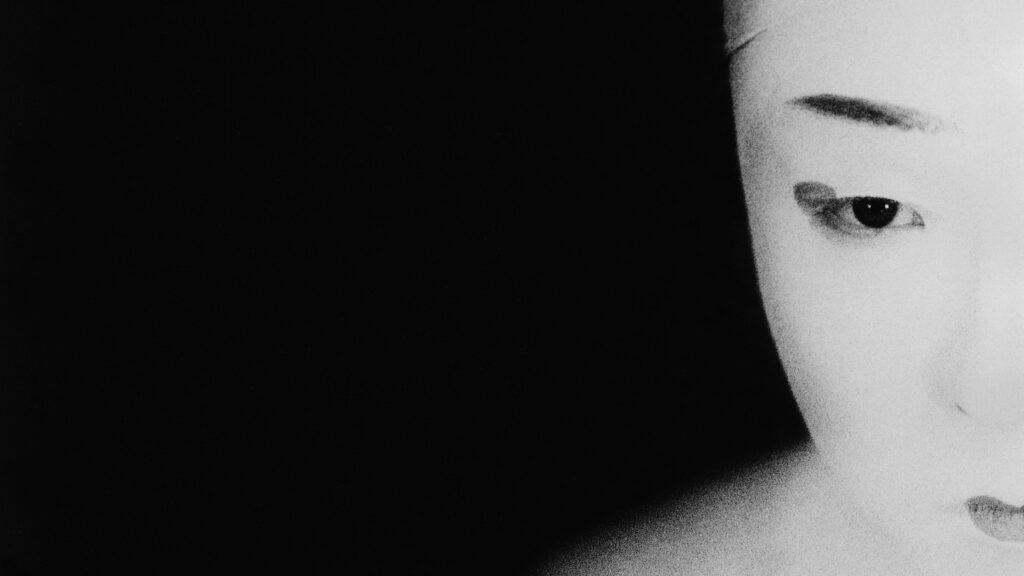
Gallery 13 is pleased to announce the opening of the exhibition “Vasco Ascolini – Living Treasure.” The exhibition will open on Saturday, April 29 at 5:30 p.m. at the Gallery premises and will be open free of charge until May 27.
Among the various projects of his long career that began in 1965, we decided to show a particular series of photographs dedicated mainly to Kabuki theater but not only, taken from 1979 to 1983.
In 1981, during its golden years, the Romolo Valli Theater hosted one of the most famous traditional Japanese theater companies that stopped in Reggio Emilia during its world tour and staged Kabuki as well as various Japanese arts such as puppet theater.
Ascolini was one of the privileged few to be allowed by the head of the company, the famous Ennosuke terzo, to be able to take photographs from the preparation of the actors in the dressing rooms, to the rehearsals where he was able to go on stage to capture the performers from just a few feet away, to the actual performance.
In particular he photographed one of Kabuki’s most distinctive characters, the Onnagata, a male actor playing the female role since in traditional kabuki it is forbidden for women to perform.
“I asked permission to photograph Onnagata up close, and I got it: the Onnagata acting in Reggio was the fourth or fifth in his family to play that role, handed down from generation to generation.
I went to his dressing room; he arrived and immediately I noticed that there was nothing ambiguous about him, in fact he had a dark though freshly shaved beard. The makeup artist came in, he pulled down his kimono, and she began to apply white lead on his face and the back of his head; having finished her task, she went out. A short distance from him, who stood in front of a mirror, I set up the 85 mm lens, and while he put on his makeup and began the metamorphosis from man to woman, I photographed him repeatedly. In the type of framing I wanted to restore the ambiguity that we associate with the female figure, which always intrigues us and often eludes us.”
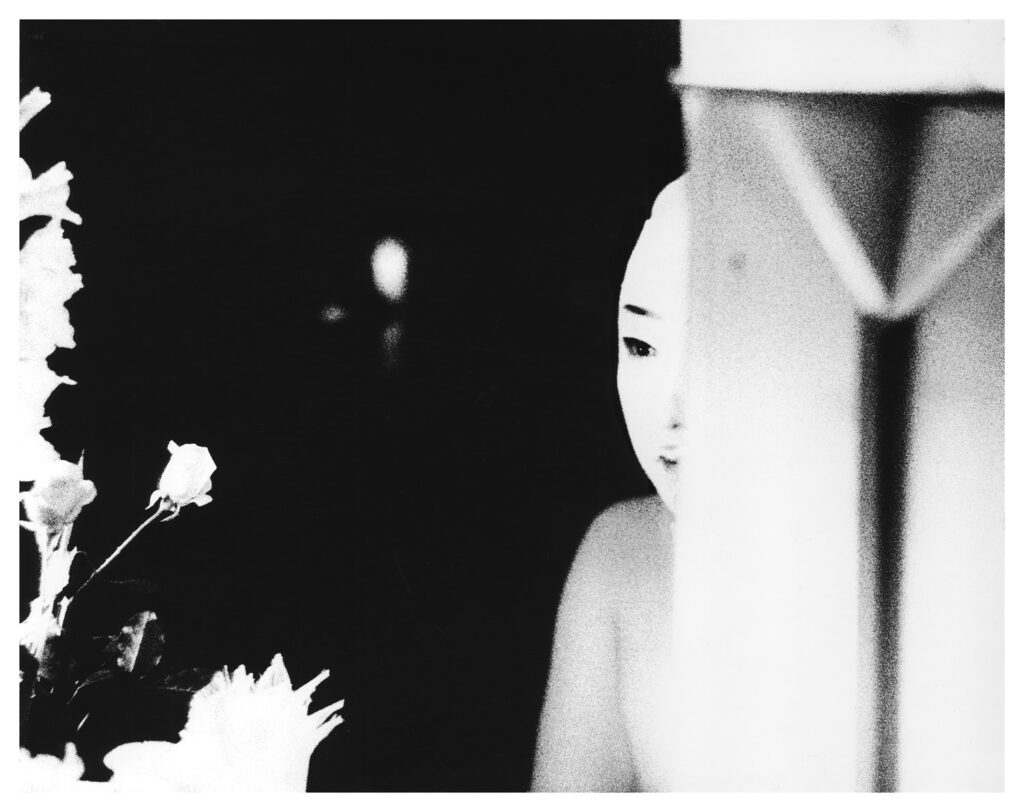
In addition to these evocative shots of traditional Japanese theater, a series of photographs featuring two famous mimes and theater actors, Marcel Marceau and Lindsay Kemp with his company Flowers, are also on display. Marceau was already one of the world’s most famous mimes when he was called upon by the Japanese government to collect an award called “Living Treasure,” which the Japanese reserve only for the best performers. Marcel Marceau traveled to Japan to collect the award and stayed there for a year learning and deepening the art of Kabuki.
When he returned to Paris his character changed and he added his famous white mask and did a lot of mime workshops incorporating what he had learned. Also participating in these Parisian workshops was Lindsay Kemp, who, in 1979, performed in reggio Emilia with his company and staged the show Flowers, which with its grotesque white masks and violent provocative almost pornographic staging sparked controversy and public outrage.
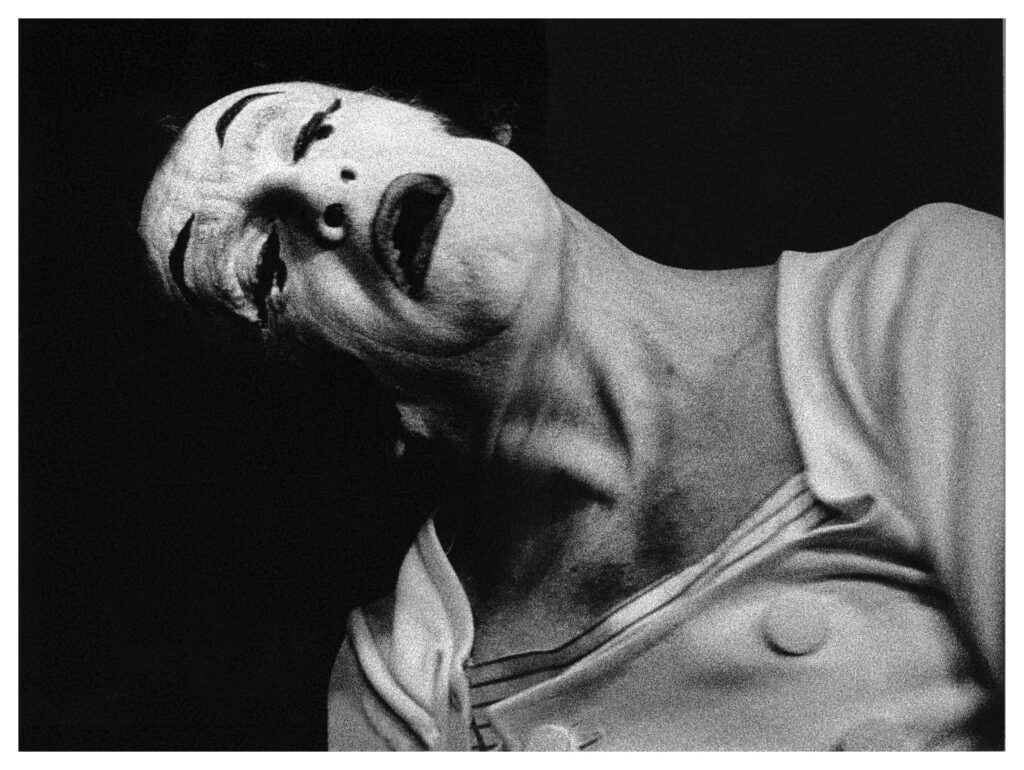
The theater was definitely the turning point in Vasco Ascolini’s photographic career. The deep blackness of the hall, the spotlights illuminating the scene, without supporting lights and shutter speeds what mattered was capturing the moment when the thespian entered and exited the shadows, as if the light of his art managed to make him emerge from the darkness even if for brief stolen moments. The total blackness of his photographs forces our gaze to focus on the figures in light, a white face, an arched arm, a mask, excluding idle details and leaving only the truth.
The contrast between light and dark is absolute and defined, there is only what the light reveals to us and what is totally obliterated by the intense black that we perceive not as an abyss but as the enigma of things that have been removed from our gaze. The black becomes the curtain behind which Ascolini hides what he does not want to show us, leaving our imagination free to recreate what we cannot see beyond what he wanted to show us with light.
“Taking pictures in the theater is not easy: between the light that is on the actor and the light that is on the decorum, on the context, there are many diaphragms of difference. So I had to make a choice, and I chose the man, and the light that is on him. And when I went to the darkroom to print, even through the use of contrast paper, what was simply shadow became a deep black. I didn’t want things inside the black to be discernible, instead I wanted blacks inside which nothing could be seen, out of which this figure would emerge, with the darkness becoming an impenetrable form.”
There is an Italian photographer who is the only one, along with Cartier-Bresson, about whom Sir Ernst H. Gombrich has written, as well as Jacques Le Goff, whose photographs have been called “exceptional” by F. Zeri, whose poetics A. C. Quintavalle has linked to the staging of sculpture and the gestures of Kabuki theater, who is a Chevalier des Arts et des Lettres of the French Republic.
His name is Vasco Ascolini and he was born in Reggio Emilia in 1937. In the 1970s, Ascolini attended Quintavalle’s lectures at the University of Parma, where American photography was rediscovered and people like Mulas, Veronesi, Chiaramonte, and Ghirri gravitated.
The turning point in his career began when he was hired as the official photographer of the Romolo Valli Municipal Theater, which at that time was experiencing a period of great splendor by hosting major theater and dance companies from all over the world. Thus began a journey of confrontation between the language of photography and the language of theater.
Photographs of a 1979 performance by Lindsay Kemp are described by H. Gernsheim as “superbly expressionist,” and are the starting point of an entirely personal and unmistakable style.
Since the early 1980s, after working on entertainment photography, he has been interested in and photographing cultural heritage, with a particular focus on places where art is preserved and exhibited, obtaining commissions from the world’s most prestigious museums, such as the Musée Carnavalet, the sculptures of the Musée Roden.
His photographic works are held in major national and international museums including the Centre Pompidou in Paris, the Victoria and Albert Museum in London, the Metropolitan Museum and the Guggenheim in New York.
Opening with Vasco Ascolini

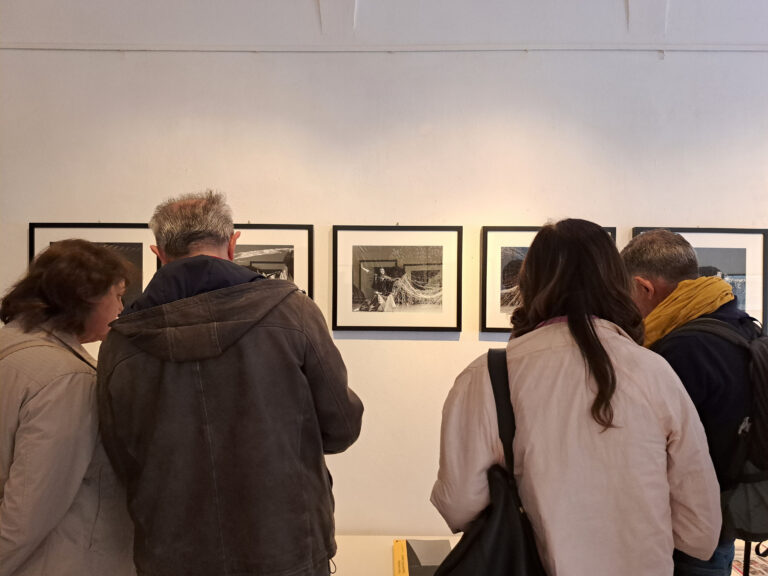
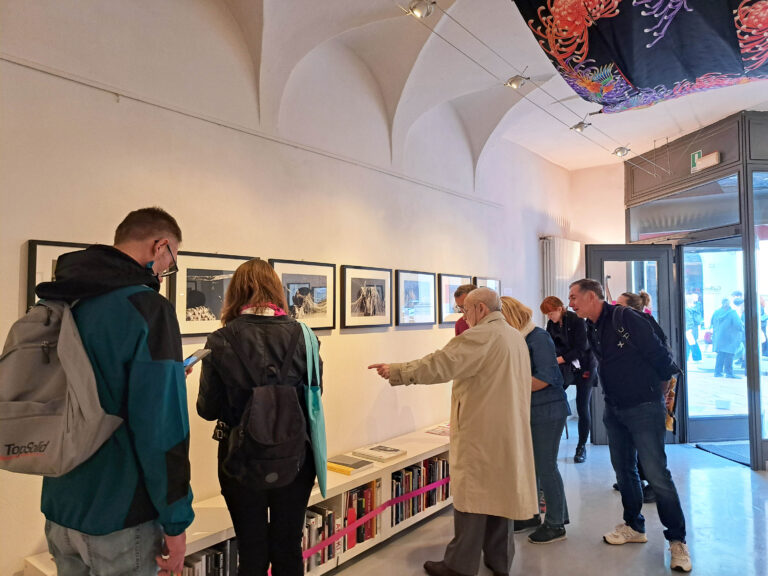
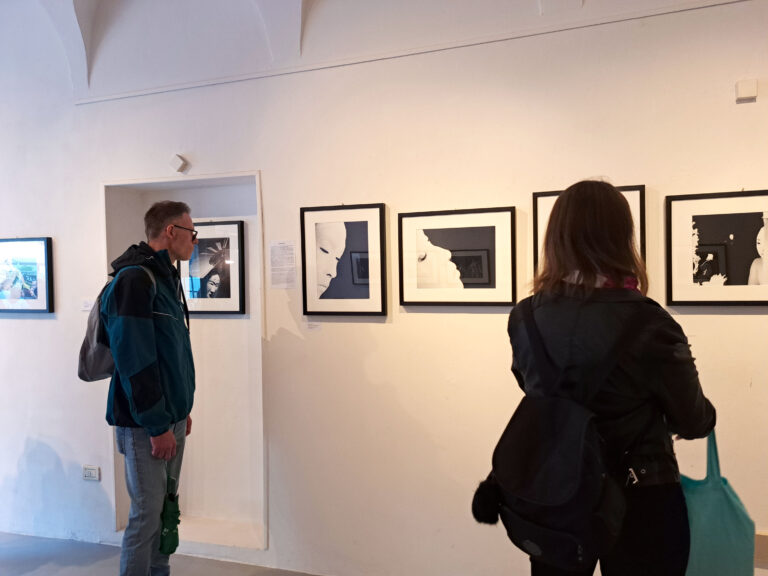
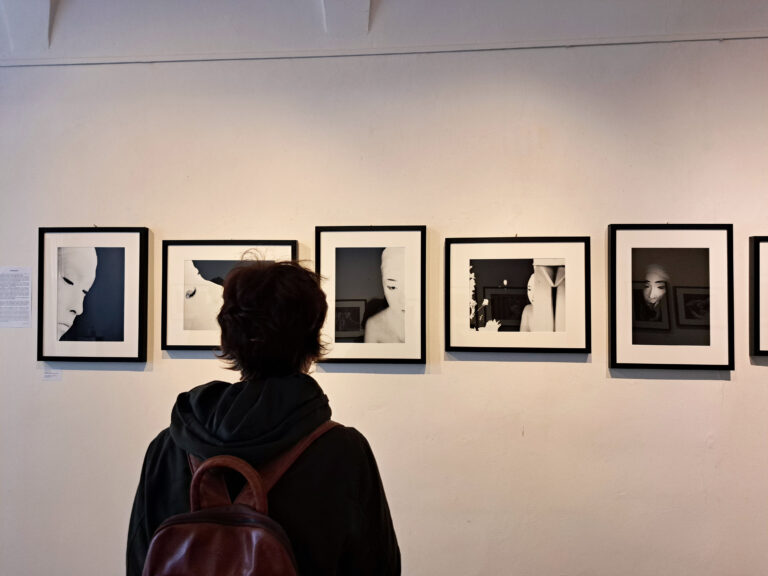
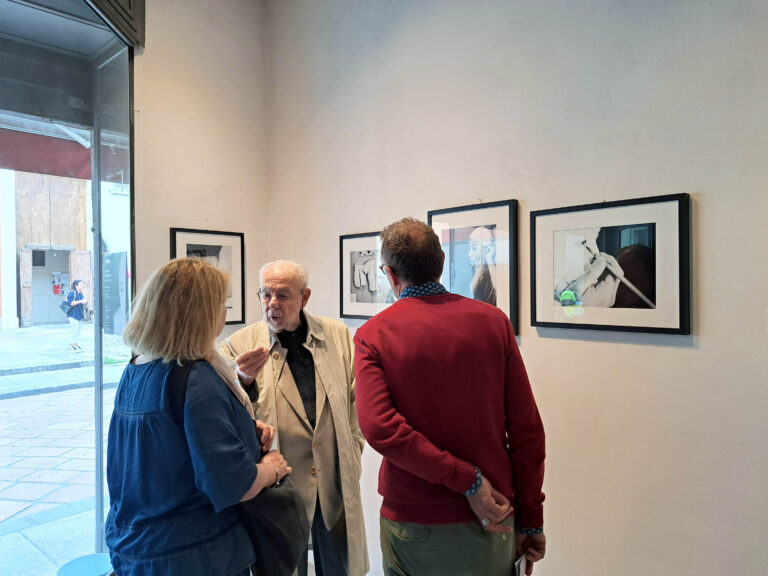
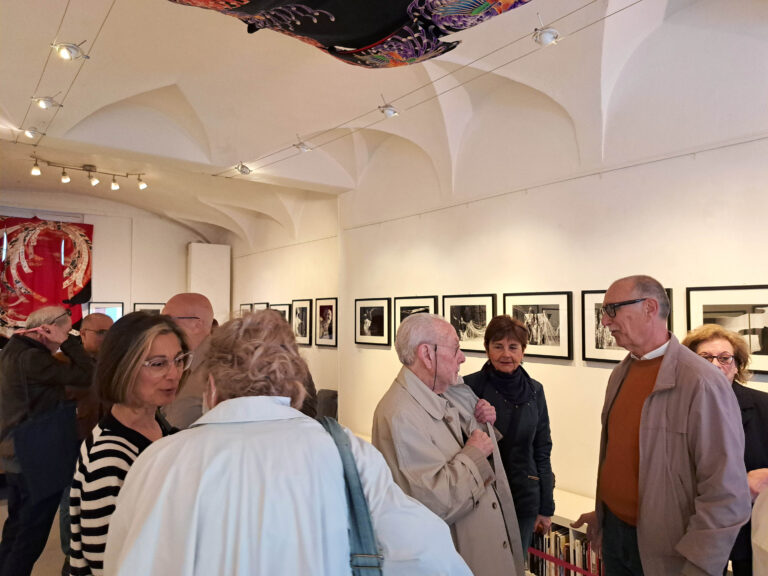

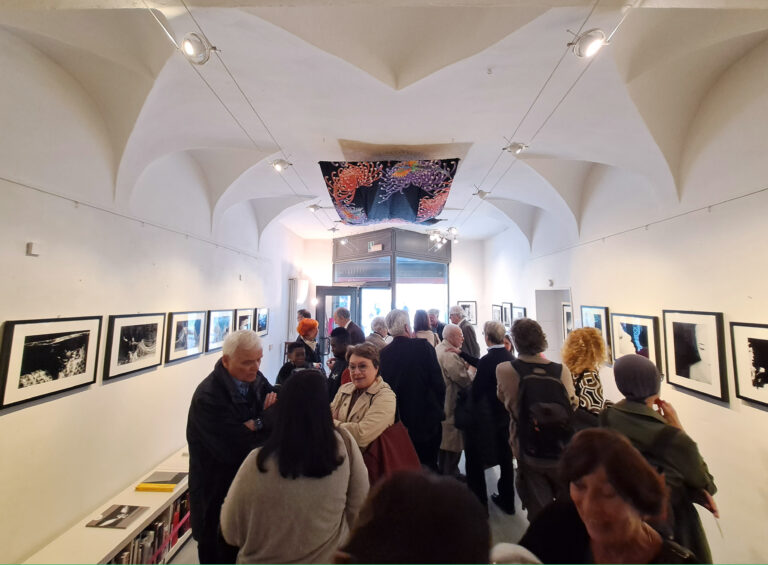
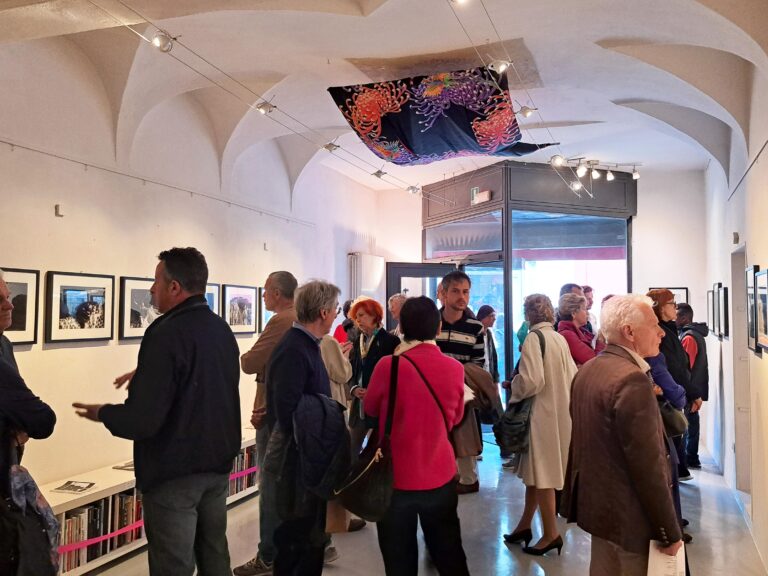
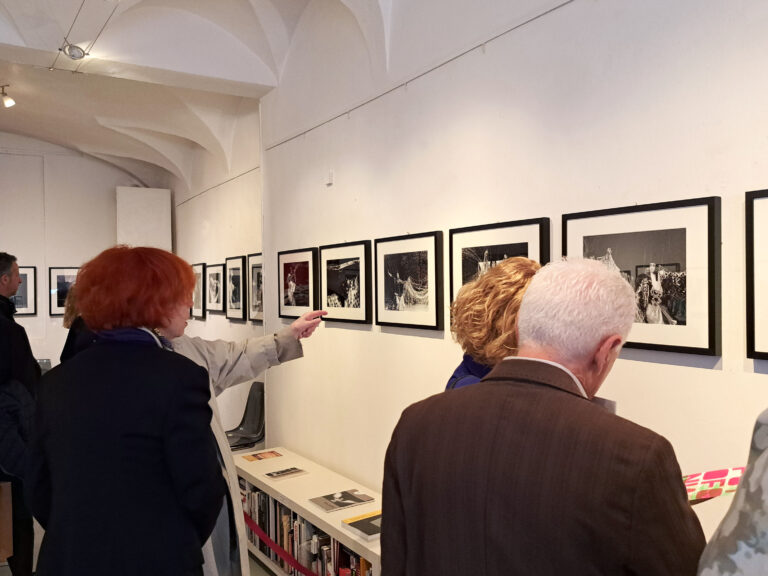
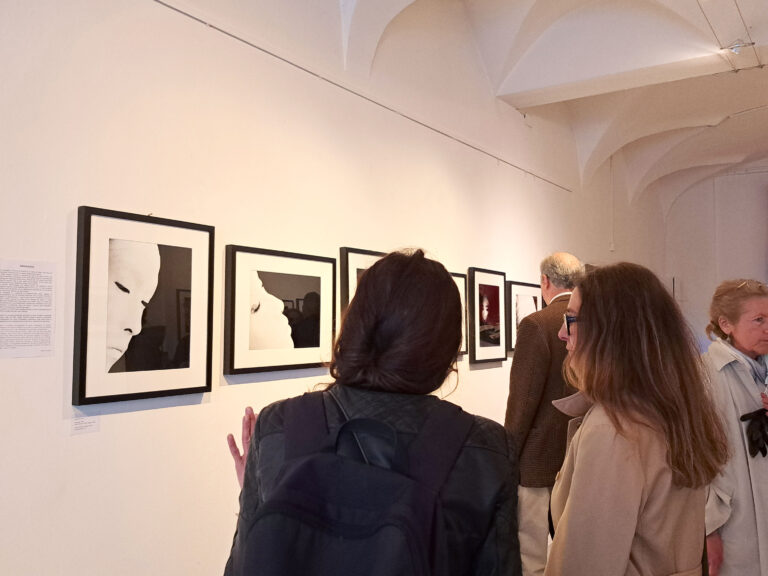

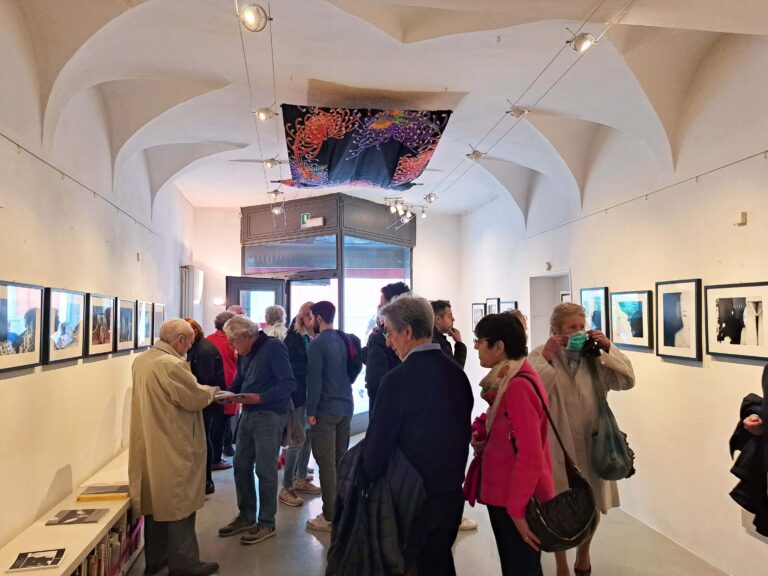
Gallery exhibition
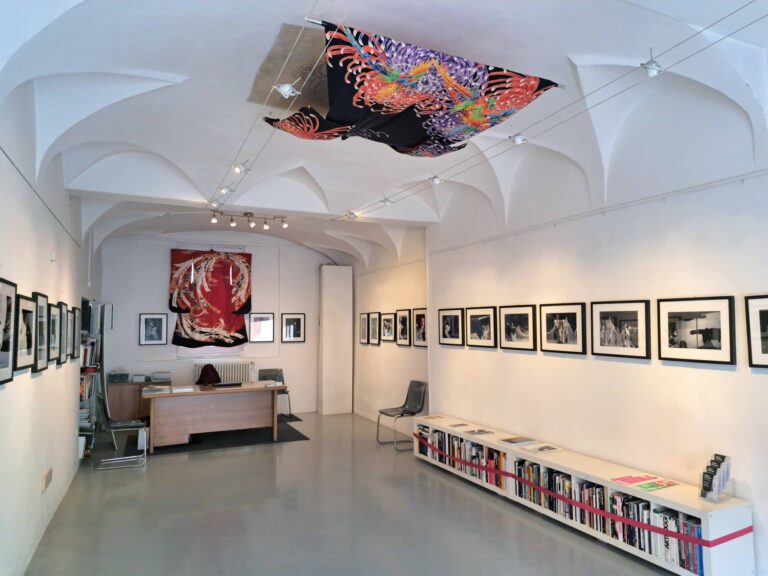

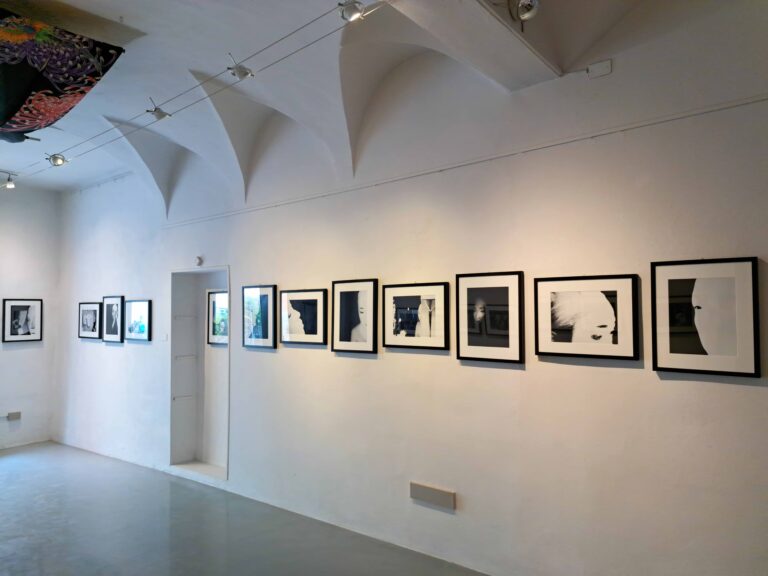

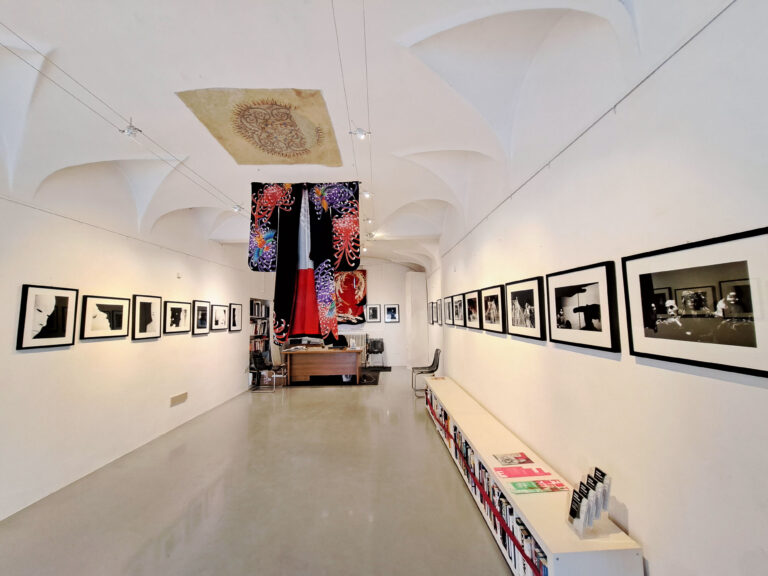
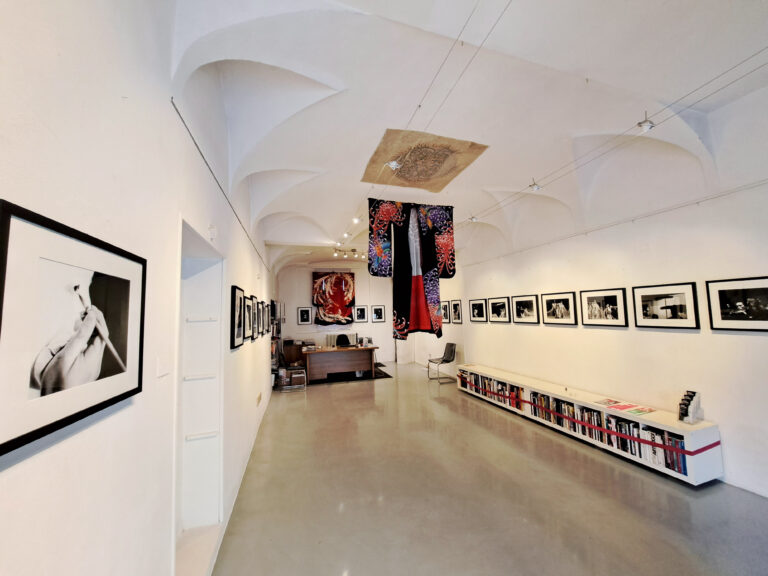
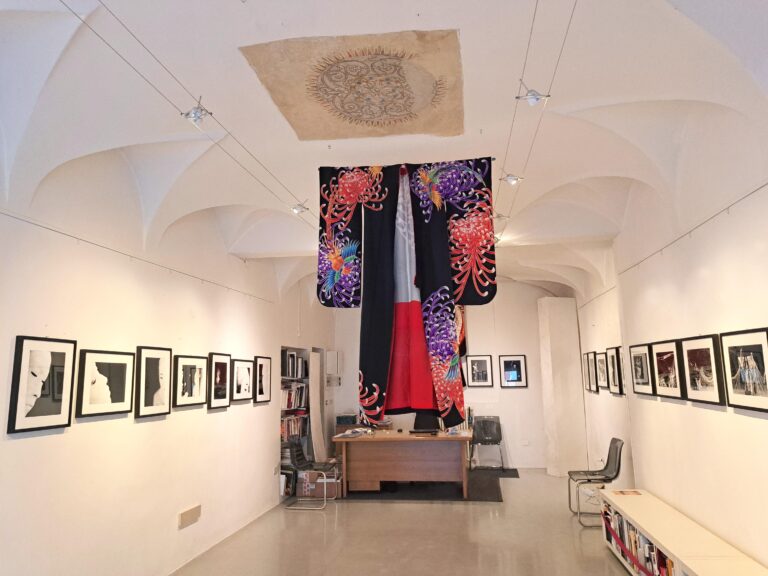
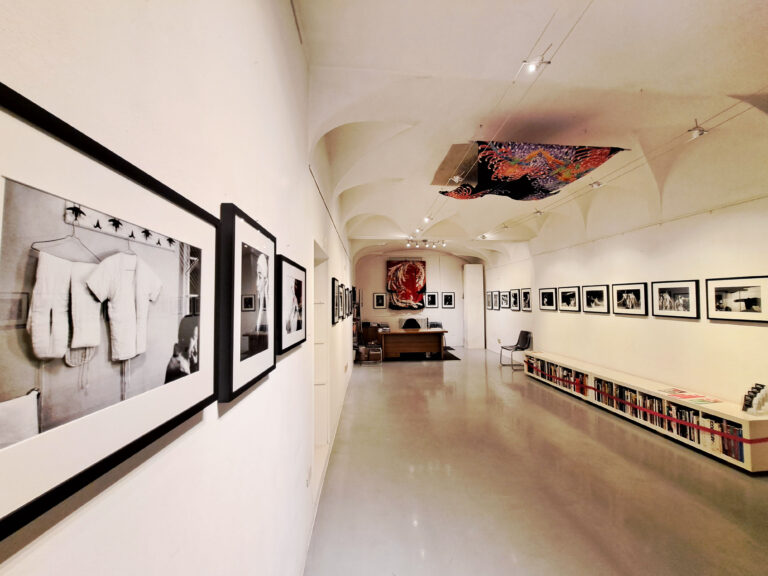

Location:
Galleria13
Via Roma 34/b, Reggio Emilia
Inauguration:
Saturday 28 April 2023
ore 17:30 – 20:00
Special openings:
Sunday 30/04/2023
Sunday 07/05/2023
Opening hours:
Monday closed
Tuesday 10:00-13:00, 16:00 – 19:30
Wednesday 10:00-13:00, 16:00 – 19:30
Thursday 10:00-13:00, afternoon closed
Friday 10:00-13:00, 16:00 – 19:30
Saturday 10:00-13:00, 16:00 – 19:30
Sunday closed
Out of hours by appointment only
Contact
Info@galleria13.com
saracavagnari@gmail.com
Tel. +39 3402397567
